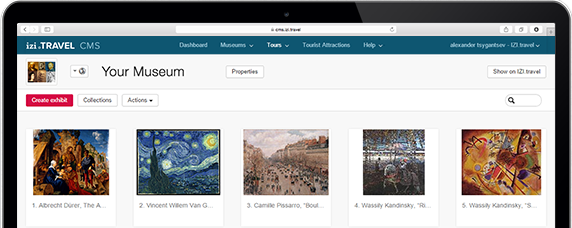Audio tour Castro (BG) - Historical center itinerary
2 sights
1
2
3
4
5
6
7
8
9
10
11
12
13
14
15
16
- Audio tour Summary
-
Audio tour Summary
Castro is a small town, of about 1,500 inhabitants, called Castrensi. It overlooks Lake Iseo. The name reveals its historical nature: it derives from the Latin word "Castrum," a fortified place since Roman times, and remained so in medieval times. It is divided into: village (lower part) and Rocca (upper part). At the beginning of the village is a large factory, Lucchini Sidermeccanica, one of the largest metal-mechanical-steel industries in the Bergamo area and one of the main resources of the village.
In the 14th century, when the Ghibellines destroyed the fortification of the Rocca locality, the population left the elevated territory and established their dwellings on the lakeshore. This resulted in the formation of a fishing village, the ancient urban structure of which is still clearly visible today, with covered passageways, porticoes and characteristic cobblestone alleys, all developed around the former parish church of St. James. The historic center has recently been renovated.
Lake Iseo, also called Sebino, is very deep and can be up to 250 meters deep. Monte Isola, in the Brescia area of the lake, is the largest lake island in Europe. Fishing for sardines, carp, pike, and perch is particularly popular. The most popular water sports are sailing and windsurfing.
- 1 Starting point - Paid parking
- 2 Church of San Giacomo Maggiore
- 3 Former Church of San Giacomo
- 4 Church of the Nativity of Mary
- 5 Amphitheater
- 6 Colet's Chapel
- 7 Little church of Saint Lorenzo
- 8 Little church of Poltragno
- 9 Poltrano Forge
- 10 Remains of a Roman door
- 11 Votive shrine
- 12 Castro's Crag - Rock climbing gym
-
Audio tour Summary
Castro is a small town, of about 1,500 inhabitants, called Castrensi. It overlooks Lake Iseo. The name reveals its historical nature: it derives from the Latin word "Castrum," a fortified place since Roman times, and remained so in medieval times. It is divided into: village (lower part) and Rocca (upper part). At the beginning of the village is a large factory, Lucchini Sidermeccanica, one of the largest metal-mechanical-steel industries in the Bergamo area and one of the main resources of the village.
In the 14th century, when the Ghibellines destroyed the fortification of the Rocca locality, the population left the elevated territory and established their dwellings on the lakeshore. This resulted in the formation of a fishing village, the ancient urban structure of which is still clearly visible today, with covered passageways, porticoes and characteristic cobblestone alleys, all developed around the former parish church of St. James. The historic center has recently been renovated.
Lake Iseo, also called Sebino, is very deep and can be up to 250 meters deep. Monte Isola, in the Brescia area of the lake, is the largest lake island in Europe. Fishing for sardines, carp, pike, and perch is particularly popular. The most popular water sports are sailing and windsurfing.
Reviews
Download the free izi.TRAVEL app
Create your own audio tours!
Use of the system and the mobile guide app is free


